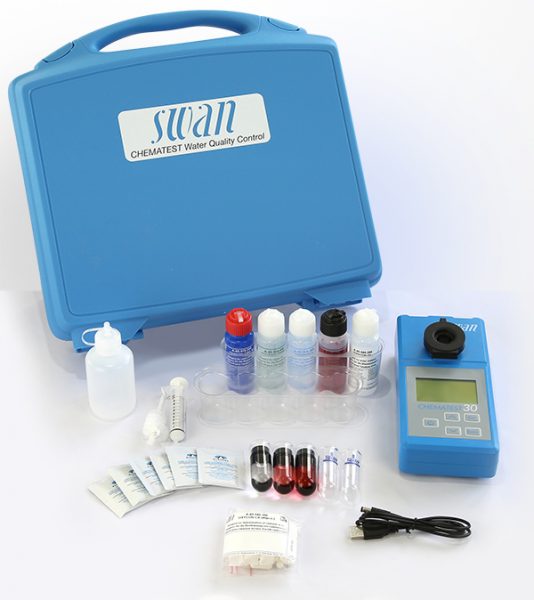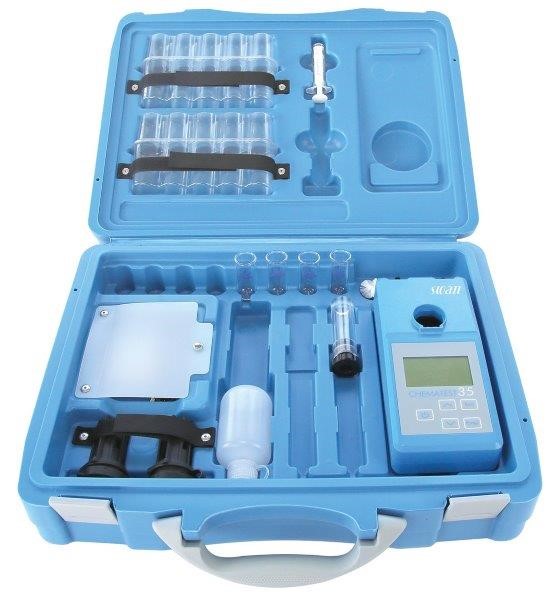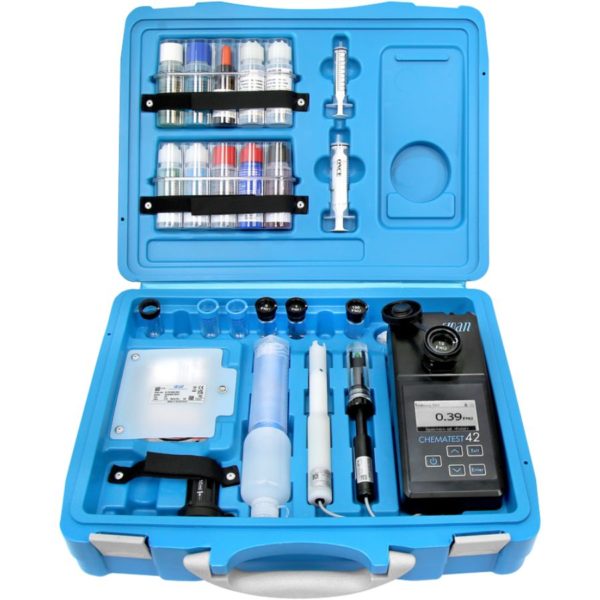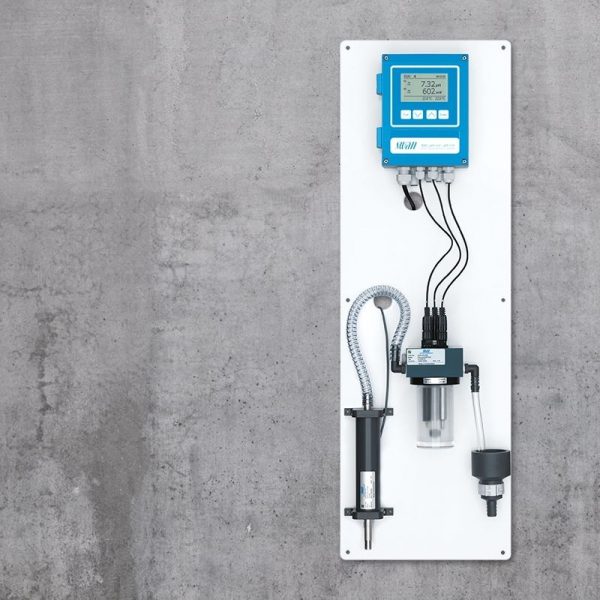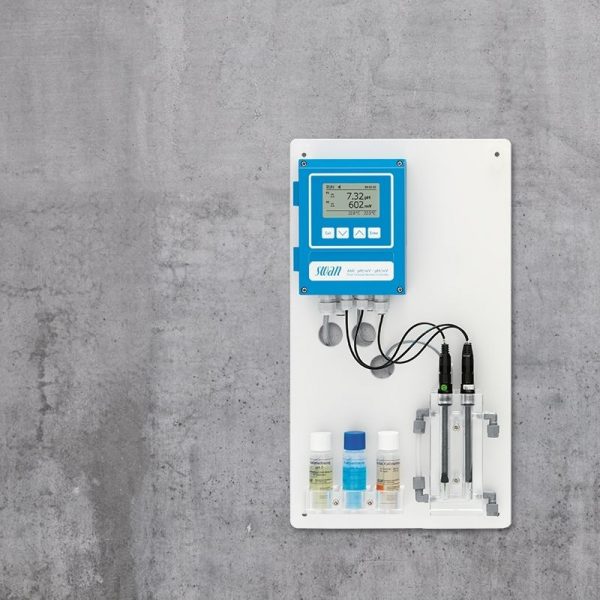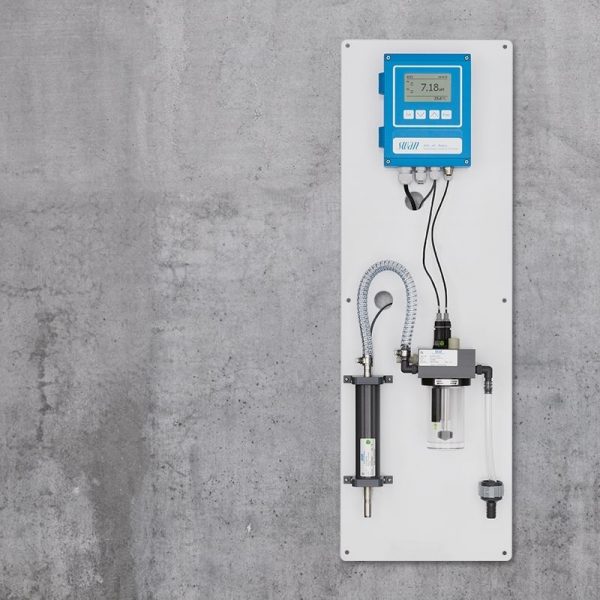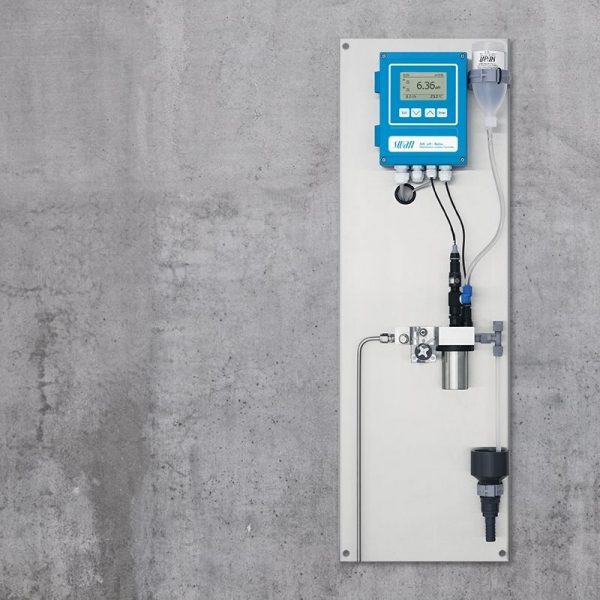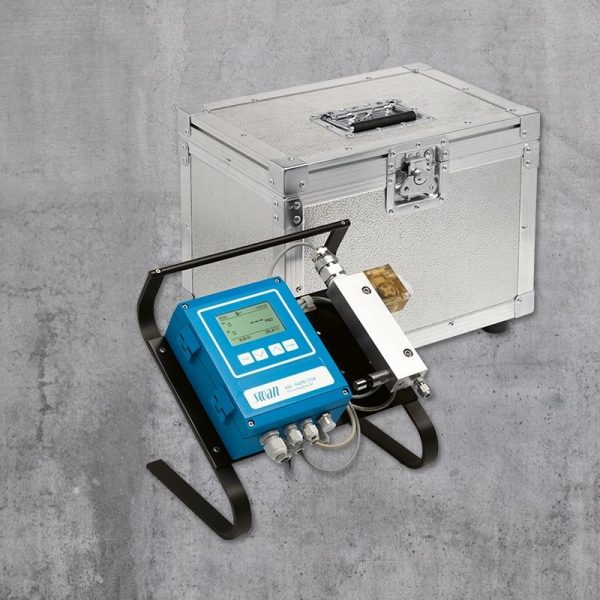What is pH?
pH is a scientific scale used to specify the acidity or basicity (alkalinity) of an aqueous solution. It is defined as the negative logarithm (base 10) of the activity of hydrogen ions (H+) in a solution. The pH scale ranges from 0 to 14, with a pH of 7 being neutral. Solutions with a pH less than 7 are considered acidic, while those with a pH greater than 7 are considered basic or alkaline.
In the context of water, pH plays a crucial role in determining water quality and its suitability for various uses, including drinking, agriculture, and industrial processes. The pH of natural water bodies can be influenced by geological factors, the presence of dissolved CO2, and anthropogenic pollution. Drinking water typically has a pH ranging from 6.5 to 8.5, ensuring it is safe for consumption and not corrosive to pipes. In water treatment, controlling pH is essential for effective disinfection and the removal of contaminants.
pH Analysis of Water
Monitoring pH levels is a pivotal component in the management of water treatment, power generation, and steam applications, serving as a crucial indicator of water chemistry balance and system health.
Monitoring pH levels in water treatment is a critical aspect of ensuring the safety and effectiveness of both drinking water and wastewater management. The pH value of water influences various treatment processes, including coagulation, disinfection, and the removal of contaminants. For instance, the effectiveness of chlorination, a common disinfection method, is highly dependent on the water’s pH level, with certain pH ranges enhancing the disinfection process while others may render it less effective. Similarly, the process of coagulation, which involves the aggregation of particles to remove turbidity from water, requires precise pH adjustments to achieve optimal results. Accurate and continuous monitoring of pH levels allows for the adjustment of treatment processes in real-time, ensuring that water meets regulatory standards and is safe for human consumption and environmental discharge. The control of pH is not only crucial for the quality and safety of treated water but also plays a significant role in protecting infrastructure by preventing corrosion or scaling in pipes and equipment, underscoring the importance of meticulous pH monitoring in water treatment practices.
In the realm of power generation and steam systems, precise pH control and monitoring are equally vital. The pH of water and steam plays a significant role in minimising corrosion within boilers and steam generators, thereby extending the lifespan of these systems and ensuring efficient operation. For high-pressure applications, such as in steam generators, the strategy often involves adjusting the pH through condensate/feedwater ammonia treatment to prevent corrosion and scale formation. This approach underscores the importance of continuous and accurate pH measurement across different points of the steam cycle, from treatment facilities to condensate discharge.
The challenge of measuring pH in high-purity and ultrapure water contexts, common in power industry applications, necessitates specialised sensors and careful maintenance. These high-purity environments, characterised by low conductivity, demand precise instrumentation and methods to ensure accurate pH readings, highlighting the complexity of monitoring in such settings.
Overall, the monitoring of pH within water treatment, power generation, and steam systems is fundamental to operational efficiency, safety, and environmental compliance. It requires a nuanced understanding of the specific challenges and requirements of each application to select and maintain the appropriate monitoring technologies and strategies. To address these intricate needs across various applications, the incorporation of a pH analyser is indispensable, providing the accuracy, reliability, and real-time data necessary for effective pH control.
pH Analyser resources
Online pH Analysers


